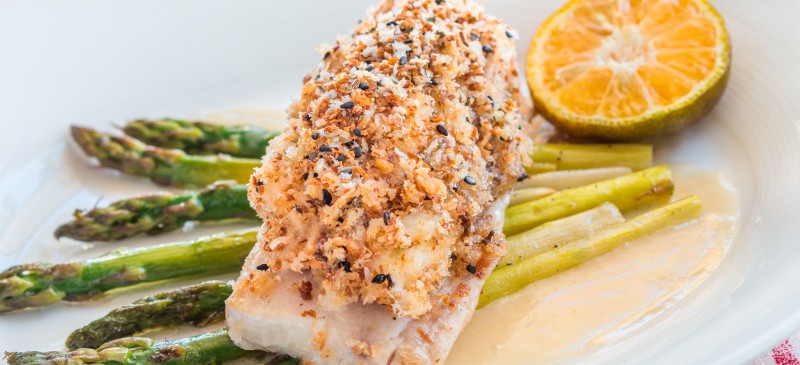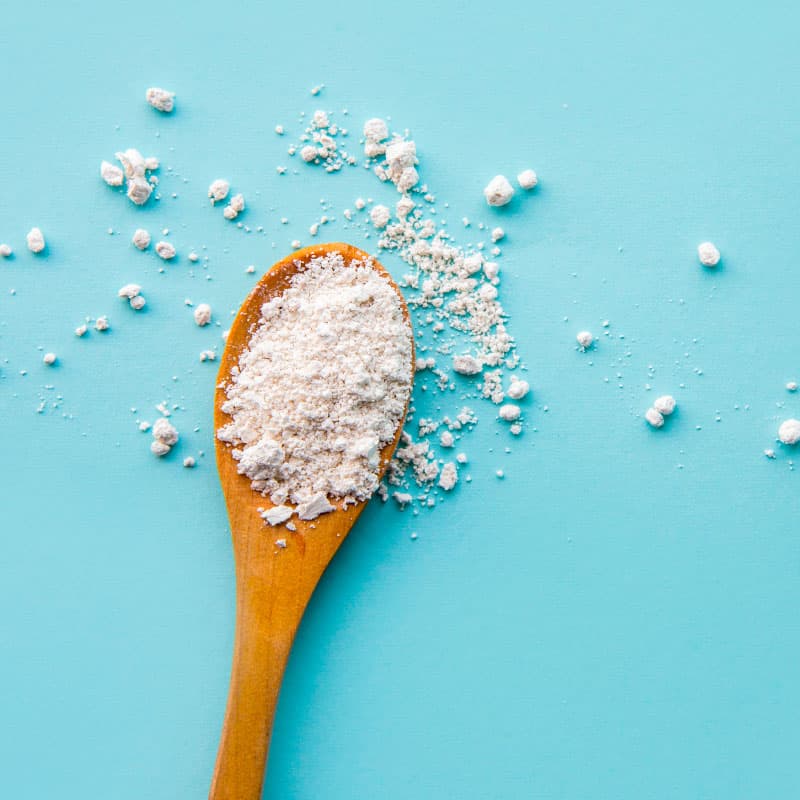This Dr. Axe content is medically reviewed or fact checked to ensure factually accurate information.
With strict editorial sourcing guidelines, we only link to academic research institutions, reputable media sites and, when research is available, medically peer-reviewed studies. Note that the numbers in parentheses (1, 2, etc.) are clickable links to these studies.
The information in our articles is NOT intended to replace a one-on-one relationship with a qualified health care professional and is not intended as medical advice.
This article is based on scientific evidence, written by experts and fact checked by our trained editorial staff. Note that the numbers in parentheses (1, 2, etc.) are clickable links to medically peer-reviewed studies.
Our team includes licensed nutritionists and dietitians, certified health education specialists, as well as certified strength and conditioning specialists, personal trainers and corrective exercise specialists. Our team aims to be not only thorough with its research, but also objective and unbiased.
The information in our articles is NOT intended to replace a one-on-one relationship with a qualified health care professional and is not intended as medical advice.
Is Mahi Mahi Healthy? Benefits, Nutrition & Recipes
May 11, 2021

If you take into account issues like sustainability, heavy metal toxicity and different fatty acid contents, it can be pretty difficult to figure out which types of fish to seek out and which to avoid. Thus, you may wonder: Is mahi mahi healthy or not?
Some health experts feel that compared to certain types of fish that you should never or rarely eat — such as swordfish, tilapia and sea bass, for example — mahi mahi makes a much healthier choice. It’s considered a mostly “mercury safe” species that is unlikely to have high levels of this heavy metal, and it provides a good dose of omega-3 fatty acids, selenium, B vitamins and a number of other nutrients.
What Is Mahi Mahi?
Mahi mahi (Coryphaena hippurus) is a deep sea fish that lives in tropical and subtropical waters, such as those surrounding Hawaii, Latin America, the Caribbean and India.
It has a light pink/white/gray flesh, a firm texture and a mild, appealing taste, which is why it’s one of the most popular types of fish served at restaurants.
The name mahi has Polynesian origins and means “strong,” due to the fish’s large size and robust reproductive capabilities.
Is a mahi mahi a dolphin? No, however it’s sometimes called dolphinfish or dorado, even though it’s a totally different species than dolphins.
Nutrition Facts
Is mahi mahi a fatty fish? Overall it’s lean compared to fattier fish like salmon and sardines, but it does contain some healthy, anti-inflammatory fatty acids.
There are only one to two grams of total fat in a typical serving of this fish, so it’s not quite as high in omega-3s as other oilier fishes.
Some of the reasons that experts consider mahi mahi to be one of the best fish to eat is because of its content of omega-3 fatty acids, as well as its selenium; vitamins B12, B3 and B6; potassium; phosphorus; and protein. Additionally it contains some iron, magnesium and other essential minerals.
One three-ounce serving (approximately 85 grams) of cooked mahi mahi contains about:
- 92.6 calories
- 20.2 grams of protein
- 0.8 grams fat
- 39.8 micrograms selenium (57 percent DV)
- 6.3 milligrams niacin (32 percent DV)
- 0.4 milligrams vitamin B6 (20 percent DV)
- 156 milligrams phosphorus (16 percent DV)
- 453 milligrams potassium (13 percent DV)
- 0.6 micrograms vitamin B12 (10 percent DV)
- 32.3 milligrams magnesium (8 percent DV)
- 0.7 milligrams pantothenic acid (7 percent DV)
- 1.2 milligrams iron (7 percent DV)
Is Mahi Mahi Healthy?
What fish is the healthiest to eat? Oily fish like wild-caught salmon and sardines top the lists of many health experts, but this doesn’t mean that other types of lean fish are devoid benefits to offer.
Here are some of the health benefits associated with mahi mahi fish:
1. Good Source of Omega-3 Fatty Acids
Adding more foods high in omega-3s to your diet can lower your odds of dealing with chronic inflammation.
Consuming several servings of omega-3 fish per week is recommended for overall health because it’s thought that these fatty acids help protect against a range of long-term health problems.
Inflammation is associated with a number of health conditions, such as metabolic syndrome, heart disease, autoimmune disorders and neurological conditions. Getting omega-3s from fish can be one of the best ways to consume of these fatty acids, considering these fats are not found in many others foods.
2. High in Protein and Low in Calories
Like other types of fish, mahi mahi is a protein-rich food, especially considering it’s “lean” and relatively low in calories.
Eating plenty of protein is a good way to control your appetite and potentially maintain a healthy weight, since studies show protein foods contribute to satiety.
Other reasons to include protein sources in all of your main meals include protein’s positive effects on muscle growth, recovery from exercise, cognitive function and more.
3. High in Selenium and B Vitamins
Mahi fish is a good source of vitamin B12, phosphorus, potassium, niacin, vitamin B6 and selenium.
Selenium acts as an antioxidant that can help control levels of inflammation in the body. It’s needed to support cardiovascular health, fertility, cognitive function and more.
Within mahi you’ll also find a good deal of B vitamins, such as B12, B3 and B6, which contribute to healthy energy levels, cholesterol levels, liver health, skin health, brain and nerve function, and more.
B vitamins have the important role of helping convert food into energy, supporting upbeat moods and keeping you mentally sharp. Vitamin B12 found in this fish also helps keep nerve and blood cells healthy, and it can help prevent fatigue and muscle weakness.
Other benefits of nutrients found in mahi, including potassium and phosphorus, include supporting bone/skeletal health and healthy blood pressure levels.
4. Unlikely to Be High in Mercury
How do mercury levels in mahi compare to other fish? If you’re trying to avoid consuming lots of mercury from fish (which you should be), then you’ll be happy to know that mahi is not a fish to avoid.
Mercury levels in mahi are relatively lower than in other fish, including swordfish. The Natural Resources Defense Council considers mahi mahi to be “moderate mercury” fish. It’s included in the second-lowest of four categories used to classify the amount of mercury in seafood.
How to Prepare
Mahi is available most of the year and is usually caught in Hawaii, Latin America or Taiwan. Fresh mahi is most likely to come from Hawaii.
What does mahi mahi taste like? It has a mild and slightly sweet flavor that many people find to be similar to tuna or swordfish.
You can prepare mahi in lots of different ways, but baking, broiling and grilling are among the most common. Because it doesn’t have an overpowering taste, it tastes great with simple flavor enhancers, such as black pepper, spices, butter, olive oil and fresh lemon juice.
You want to be careful not to overcook mahi, heating it just until it flakes. You can try quickly grilling it or browning it using a cast iron pan.
If you prefer a very mild flavor, trim away the darker portions of the meat and serve only the light pink/white/gray flesh.
Need some mahi mahi recipe inspiration? Try these healthy recipes:
- Fish Taco Recipe
- Foil Packet Lemon and Herb White Fish Recipe
- Seared Mahi Mahi with Zesty Basil Butter
- Ginger Glazed Mahi Mahi Recipe
Risks and Side Effects
Can you eat mahi mahi every day?
Most health authorities, such as the U.S. Food and Drug Administration and American Heart Association, recommend including at least two to three servings of fish in your diet each week (totaling about eight ounces) in order to support heart health and generally protect against disease.
Because mahi does still contain some mercury, it’s advised that adults stick to about six servings of mahi (three to four ounces per serving) per month, which is about one or two per week. This means that it’s best to avoid eating it every single day, which can potentially contribute too much mercury to your diet — not to mention that it may be an expensive habit and not very environmentally sustainable.
Is this fish safe for pregnant women?
Like with other adults, pregnant women are encouraged to have about one serving of mahi weekly.
Pregnant women are advised to generally be careful not to over-consume large fish that contain mercury. Sticking to about one serving per week of large fish (including swordfish, king mackerel, tilefish, bigeye tuna and marlin) is suggested, instead choosing options like sardines and salmon.
Is it sustainable?
According to FishWatch.gov website, U.S. wild-caught mahi mahi is a smart seafood choice because it is sustainably managed and responsibly harvested under U.S. regulations. The Hawaii and California coast mahi mahi populations are not formally assessed but assumed to be stable, and overfishing does not appear to be a concern based on recent catch rates.
The Monterey Bay Aquarium’s Seafood Watch list also lists U.S Atlantic mahi that is caught via hand lines and trolling lines as a sustainable choice.
That said, the imported market from regions such as Southeast Asia and Latin America are not as tightly regulated, so less is known about the environmental impact of mahi fishing in these areas.
The Environmental Defense Fund classifies mahi mahi caught by line/pole in the U.S. as “Eco-Best” in its three categories. Fish caught by longlines, however, have more of a negative environmental impact and are considered only “okay” or even among the worst. Longline-caught fish should be generally avoided because this method puts other species, such as birds, turtles and sharks, at risk.
Conclusion
- Is mahi mahi healthy? Yes, it is. It’s low in calories and a good source of omega-3s, protein, vitamin B12, phosphorus, potassium, protein, niacin, vitamin B6 and selenium.
- Mahi mahi fish benefits can include providing you with protein, healthy fats and other essential nutrients, while being relatively low in mercury and environmentally sustainable.
- Mahi has a mild, slightly sweet flavor and a firm texture. It’s best broiled, grilled or baked. Try it in tacos, served over salad, or as a healthy replacement for fish like tilapia, halibut and swordfish.









